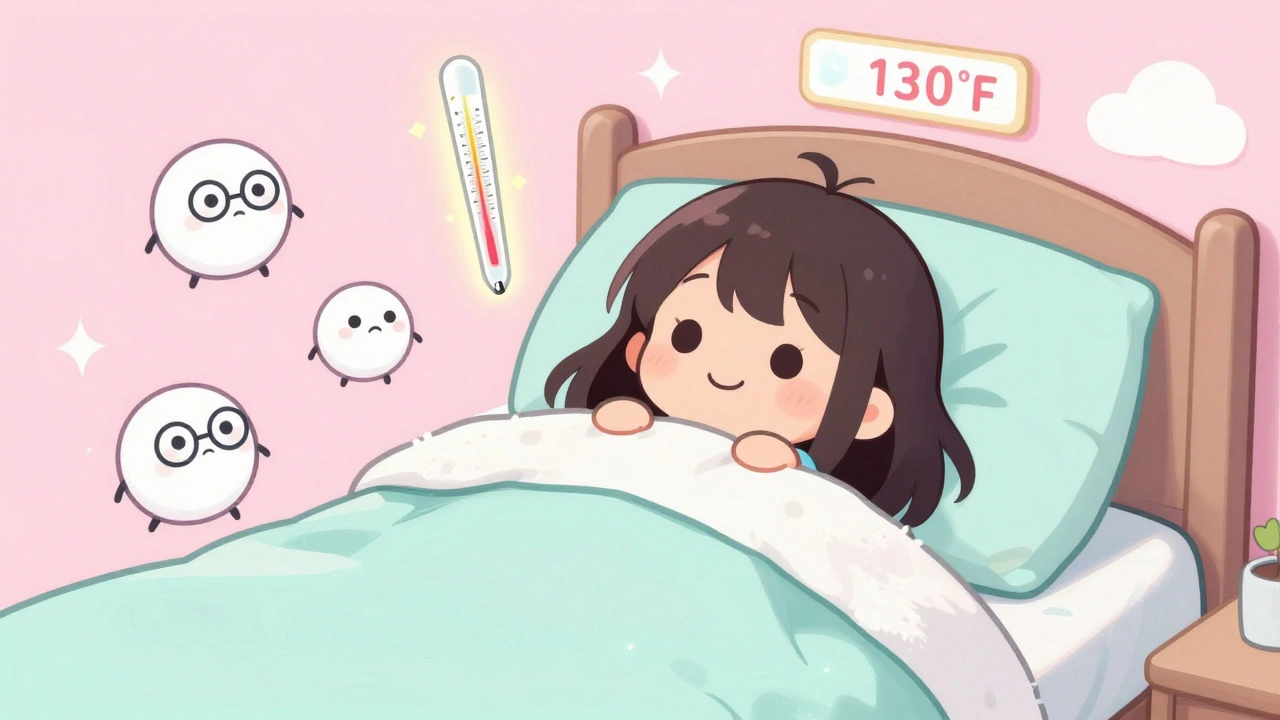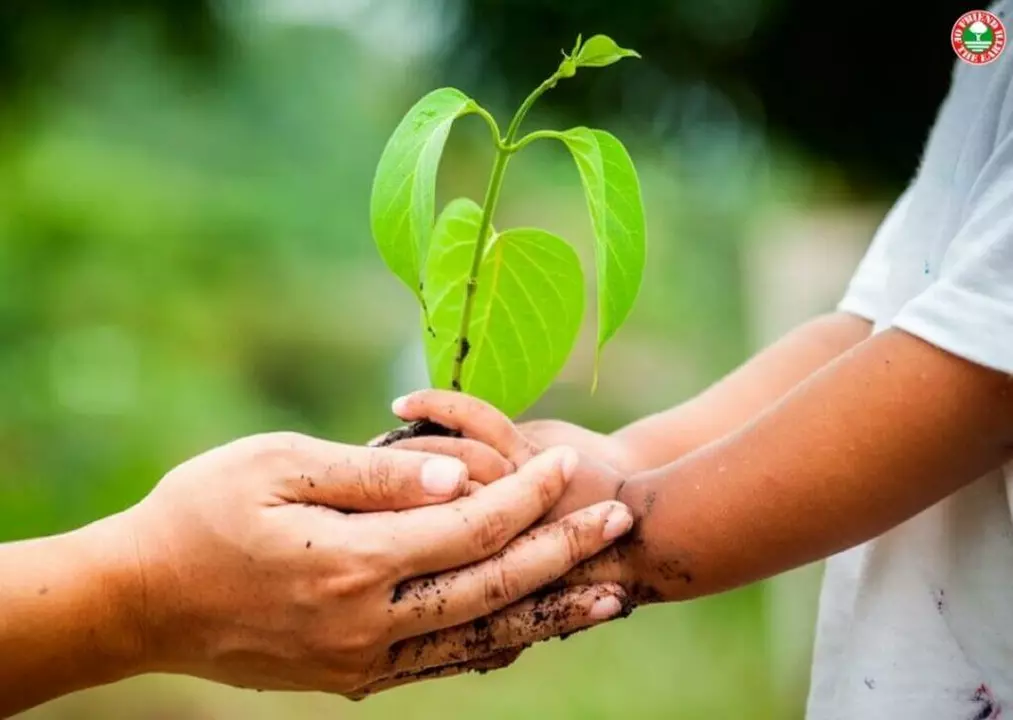Environmental Health: How Medicines and Prebiotics Affect Water and Soil
Think about the last pill or supplement you flushed or spilled. Pharmaceuticals and some supplements don’t just vanish; they can end up in rivers, soil, and drinking water. That matters because tiny concentrations often change how plants and animals grow, and sometimes they affect human health through the food chain.
Take ketoconazole, a common antifungal. Studies show residues can harm aquatic life by disrupting hormones in fish and invertebrates. That doesn’t mean stop needed treatments, but it does mean we should ask how drugs are disposed and how wastewater systems remove them. Advanced treatment like activated carbon or ozonation cuts much of these compounds, but not all cities have those systems.
At the treatment level, things vary. Traditional plants aren’t built to filter drugs. Adding activated carbon or ozonation can cut many pharmaceutical residues by more than 80–90% for certain compounds. For example, several European cities added extra steps after the 2010s and reported big drops in measured drug residues downstream. Those upgrades cost money — often millions for a full-scale plant — so small towns lag behind. That’s why household disposal and manufacturer responsibility matter: cheaper fixes at source reduce what treatment plants need to remove.
Practical steps for households
Don't flush unused meds. Most pharmacies and clinics run take-back programs; use them. If a take-back isn't available, seal pills in a container and throw them in the trash so they don’t wash into groundwater. For liquid or powdered products, follow local disposal rules or mix them with unattractive waste like used coffee grounds before tossing to discourage scavenging.
When buying supplements, look for brands that show sourcing and production transparency. Prebiotics come from plants like chicory, onions, and garlic. Farming methods matter: heavy pesticide use and monocrops cause more environmental damage than responsibly grown sources. If a brand lists sustainable farming or third-party certification, that’s a plus.
What regulators and utilities can do
Municipal water plants can upgrade to processes that remove pharmaceuticals more effectively. Policymakers can require environmental risk studies for widely used drugs and set limits for effluent discharge. Some countries already monitor drug residues in rivers and adjust rules based on findings.
Manufacturers can reformulate where possible, design drugs that break down faster in the environment, and fund take-back programs. Health professionals can prescribe only when necessary and suggest alternatives with lower environmental footprints when appropriate.
As a consumer you have influence. Ask your pharmacist about take-back options. Choose supplements from transparent brands and support grocers that sell locally grown prebiotic-rich foods. Vote for local measures that fund wastewater upgrades and support rules that require drug environmental testing.
Small changes add up. Better disposal, smarter buying, and local policy shifts reduce the load of pharmaceuticals and prebiotics in nature. That keeps water cleaner and ecosystems healthier without asking anyone to stop needed medical treatments. Talk to your doctor about environmental concerns if options exist, but never stop prescribed drugs without medical advice. Make small changes.

 Dec, 5 2025
Dec, 5 2025


